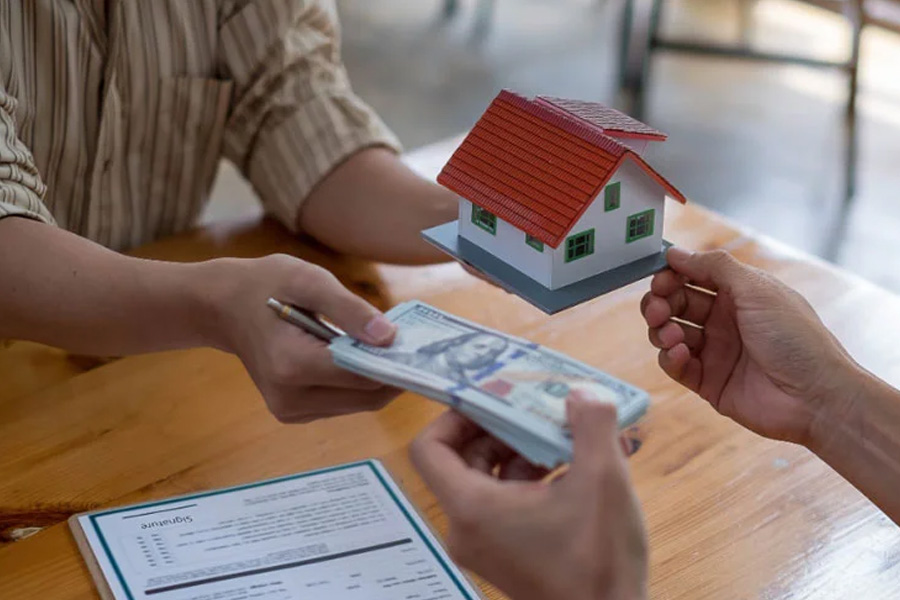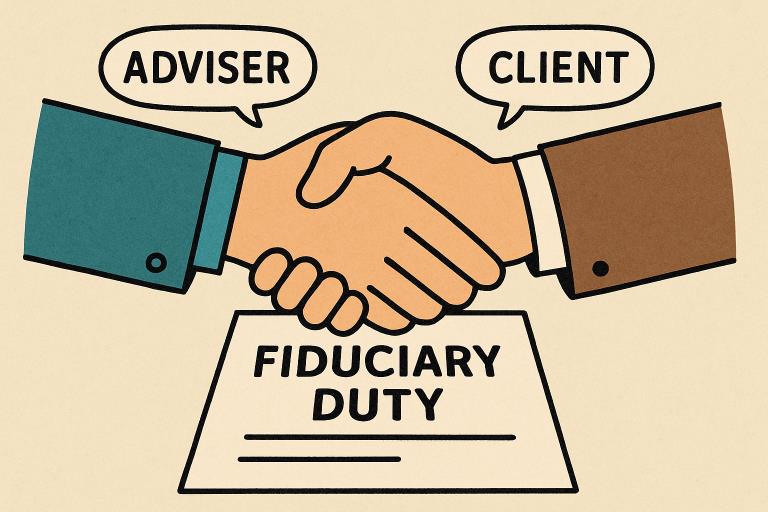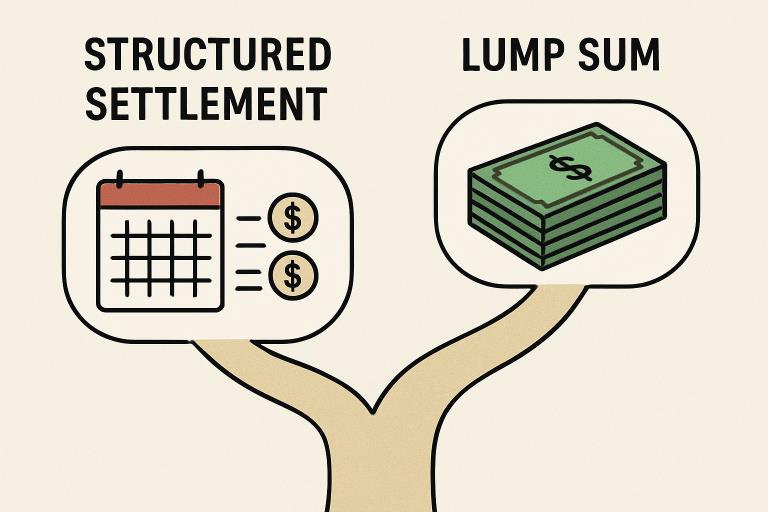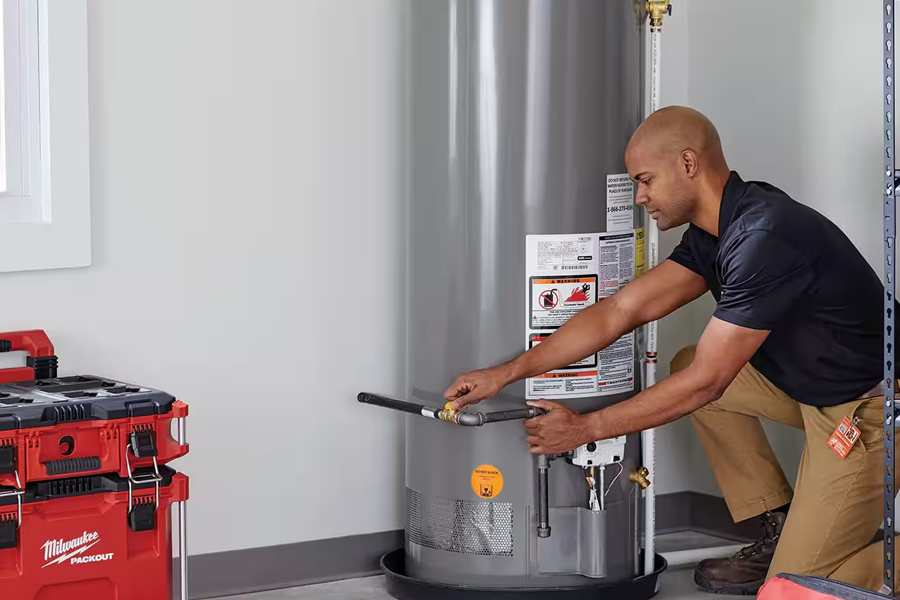Now Reading: A Beginner’s Guide to Reverse Mortgages
-
01
A Beginner’s Guide to Reverse Mortgages
A Beginner’s Guide to Reverse Mortgages

What is a Reverse Mortgage?
Picture this: you’re kicking back in your favorite armchair, the one that’s seen decades of family gatherings and quiet evenings with a good book. The house around you holds memories, sure, but it also holds value—equity you’ve built up over the years. Now, imagine tapping into that without packing up and moving out. That’s the magic of a reverse mortgage, a financial twist designed for homeowners 62 and older. Instead of you paying the bank each month, the tables turn: the lender sends you money based on your home’s worth.
It’s like unlocking a hidden vault in your own backyard. You can choose how the cash flows—maybe a big lump sum to knock out some lingering debts, steady monthly checks that feel like a reliable old friend showing up with coffee, or a line of credit you dip into whenever the mood strikes. And the best part? No repayments until you sell the place, move away, or, well, pass on the keys to the next generation. Most of these loans get a thumbs-up from the federal government through programs like the Home Equity Conversion Mortgage, adding that layer of security that lets you sleep a little easier at night.
But let’s zoom in closer, like a camera panning over the details. Your home’s value, your age, and current interest rates all play starring roles in determining how much you can borrow. The older you are and the more your home is worth, the bigger the slice of equity you can access. It’s not a free-for-all, though; there are safeguards to ensure you’re not overextending. Think of it as a scripted scene where everything aligns just right for your retirement storyline.
Reverse Mortgage on Rental Property
Now, shift the scene to something a bit more entrepreneurial. You’ve got a rental property tucked away—maybe a cozy duplex that’s been churning out steady income, or an apartment that’s seen its share of tenants coming and going like characters in a long-running series. What if you could pull equity from that investment without ditching the rental checks? Enter the reverse mortgage on rental property, a lesser-known plot twist that amps up your cash flow while keeping the income stream alive.
It’s like having your cake and eating it too, with a side of financial flair. Use the funds to spruce up the place—new paint, modern fixtures—that draw in tenants willing to pay a premium. Or funnel it straight into your pocket for that dream vacation or unexpected curveball life throws. No monthly payments bogging you down means you can focus on the fun stuff: scouting new investments or just enjoying the passive income glow. Of course, the property needs to qualify, and you’ll want to ensure it aligns with your overall financial script, but for many, it’s a clever way to blend ownership perks with retirement ease.
Imagine the satisfaction of watching your rental thrive while your bank account gets a boost. It’s not for every landlord out there, but if you’re over 62 and own the place outright or close to it, this could be your insider hack to a smoother financial ride.
Who Can Get a Reverse Mortgage?
Let’s pull back the curtain on eligibility, because not everyone’s invited to this particular show. First off, age is the gatekeeper: you need to be at least 62, that golden threshold where life starts handing out these kinds of options. Your home? It has to be your primary digs—the place where you hang your hat most nights, not a vacation spot or flip project.
Ownership status matters too. If you’ve paid off the mortgage or have just a sliver left, you’re in prime position; the reverse mortgage can often swallow that remaining balance whole. But here’s where it gets real: lenders aren’t just handing out cash willy-nilly. They’ll peek at your financials—income streams, credit history, even the shape your home’s in—to make sure you can handle ongoing costs like taxes, insurance, and upkeep. It’s like a quick audition to confirm you’re set for the long haul.
Don’t worry if your credit isn’t blockbuster-perfect; this isn’t your standard loan rodeo. The focus is on sustainability, ensuring the reverse mortgage enhances your story rather than complicating it. And yes, co-borrowers can join the cast if they’re also 62 or older, adding flexibility for couples navigating retirement together.
Uses of Reverse Mortgages
Cut to the action: you’ve got the funds in hand, and now it’s time to direct how they play out in your life. For many, it’s about bridging the gap in daily living—groceries, utilities, those little extras that make retirement feel less like a budget crunch and more like a well-deserved intermission. Others channel it into home upgrades: a new kitchen that sparks joy, or accessibility tweaks that keep the place livable as the years roll on.
Debt payoff is another crowd-pleaser. Imagine wiping out high-interest credit cards or that lingering car loan, freeing up mental space and cash for what really matters. Healthcare? Oh, it’s a big one. With medical bills stacking up like plot twists in a thriller, reverse mortgage money can cover treatments, meds, or even in-home care that lets you age gracefully on your own terms.
Then there’s the fun side—the playful escapes. Fund a cross-country road trip, spoil the grandkids, or dive into hobbies you’ve shelved for too long. It’s your equity, your script; use it to craft scenes that light you up. The flexibility is the real star here, turning home value into real-life adventures without the monthly payment hangover.
Costs and Fees
No story’s complete without addressing the price of admission. Reverse mortgages come with their share of fees, like upfront closing costs that can include appraisal, origination, and title searches—think of them as the production budget for your financial feature. Then there are ongoing bits: mortgage insurance premiums that protect both you and the lender, plus interest that accrues over time.
Interest rates? They vary, but they’re typically adjustable, ticking up as you borrow more. It’s not cheap, but weigh it against the benefits: no out-of-pocket monthly hits, just a growing balance settled later. Servicing fees might pop up monthly, covering the lender’s admin work. The key is transparency—crunch the numbers early to see how they fit your big picture.
Upfront, expect to shell out a few thousand, but remember, these can often roll into the loan itself. It’s an investment in liquidity, turning static home equity into dynamic cash. Approach it with eyes wide open, and it can feel less like a cost and more like unlocking potential.
The Process of Applying
Fade in on the application journey—it’s straightforward, but with a few key acts to nail. Start by scouting lenders; they’re not all cut from the same cloth, so compare rates, terms, and vibes like auditioning directors for your project. Next up: mandatory counseling. Sit down with a HUD-approved expert who breaks it all down—no sales pitch, just straight talk on pros, cons, and whether it suits your narrative.
Once enlightened, gather your docs: proof of income, credit reports, home details. Submit, and the lender runs their checks, appraising your home to set the borrowing limit. Approval? Time to pick your payout style—lump sum, monthly, credit line—and sign on the dotted line.
Closing happens, funds flow, and you’re off. It might take a month or two, but patience pays off. Keep communication open; ask questions like you’re probing a character’s backstory. This process isn’t rushed—it’s deliberate, ensuring your reverse mortgage enhances the plot without derailing it.
FAQ
What age do I need to be to qualify for a reverse mortgage?
You must be at least 62 years old to qualify, as this ensures the program targets those in retirement who can benefit from accessing home equity without monthly repayments.
Can I use a reverse mortgage on a rental property?
Yes, if you own the rental property and meet the age and ownership requirements, you can access equity to improve the property or boost your income while continuing to collect rent.
What are the main ways to receive funds from a reverse mortgage?
Funds can come as a lump sum for immediate needs, monthly payments for steady income, or a line of credit you draw from as required, giving you flexibility in how you use the money.
Do I have to repay the reverse mortgage right away?
No, repayment isn’t due until you sell the home, move out permanently, or pass away, allowing you to enjoy the benefits without immediate financial pressure.
What costs should I expect with a reverse mortgage?
Expect upfront fees like closing costs and origination, plus ongoing ones such as mortgage insurance and interest that accrues over time, all of which can often be financed into the loan itself.
Is counseling required before applying?
Yes, you must complete a session with a HUD-approved counselor to fully understand the implications and ensure it’s the right fit for your situation.





















